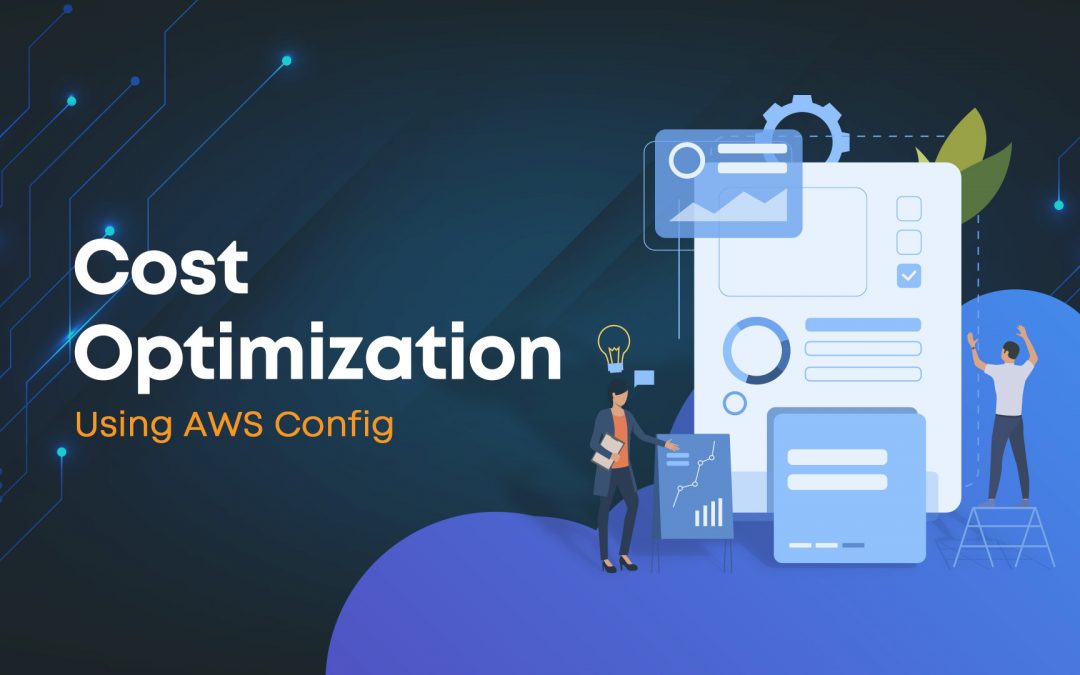In the dynamic landscape of cloud computing, AWS Config stands as an indispensable tool for monitoring and managing the configuration of your AWS resources. However, its utilization can also contribute to your AWS expenses, particularly in large and complex environments. To address this concern, this comprehensive guide delves into effective strategies to optimize your AWS Config costs without compromising its functionality.
Understanding Your Config Costs: Establishing a Baseline
The initial step towards optimizing your AWS Config costs is to establish a clear understanding of your current expenditure. This can be achieved by meticulously examining your AWS Cost and Usage Reports (CUR). Pay close attention to line items directly related to AWS Config, such as “Config Delivery” and “Config Rules.” Once you have a comprehensive baseline understanding of your Config costs, you can effectively identify areas for potential optimization.

Right-sizing Your Recorder Settings: Striking a Balance
The AWS Config recorder shoulders the responsibility of gathering configuration data from your AWS resources. The more data you collect, the higher your Config costs will be. Therefore, it is essential to strike a balance by optimizing your recorder settings to collect only the necessary data.
- Limiting the Scope of Recorded Resources: Configure your recorder to focus exclusively on specific resource types, such as EC2 instances or S3 buckets, tailoring data collection to essential areas.
- Filtering by Resource Tags: Utilize resource tags to refine the collected data. For instance, you can limit data collection to resources with a tag of “Production,” ensuring that only relevant data is captured.
- Scheduling Recorder Runs: Schedule your recorder to run only at specific times of the day, such as during off-peak hours, optimizing resource utilization and potentially reducing costs.
Optimizing Your Config Rules: A Rule of Efficiency
Config rules play a crucial role in assessing the configuration of your AWS resources and enforcing adherence to your organization’s policies. However, an excessive number of rules can lead to increased Config costs.
- Regularly Reviewing and Pruning Unused Rules: Periodically review your Config rules and identify any that are no longer needed. Delete or disable rules that are no longer relevant, preventing unnecessary data processing and cost accumulation.
- Utilizing AWS Conformance Packs: Leveraging Predefined Rules
AWS Conformance Packs are predefined sets of Config rules designed to enforce specific regulatory compliance standards. If your organization is subject to compliance requirements, consider utilizing Conformance Packs instead of creating your own rules, reducing the need for manual rule creation and potential errors.
Leveraging AWS Config Aggregators: A Centralized Approach
If you manage multiple AWS accounts, consider using AWS Config aggregators to consolidate your Config data into a single location. This centralized approach can simplify the management of your Config costs and facilitate the identification of potential compliance issues, enhancing overall efficiency.
Utilizing AWS Budgets and Alerts: Staying Informed and Alert
AWS Budgets and Alerts can be employed to monitor your Config costs and alert you when they exceed a certain threshold. This proactive approach can help you stay informed about your Config spending and avoid unexpected costs, ensuring financial accountability.
Considering Alternative Solutions: Exploring Options
If you are not fully utilizing AWS Config, explore using a third-party configuration management tool. Third-party tools can be more cost-effective for specific use cases and may offer additional features tailored to your organization’s needs.
Additional Tips:
- Enable S3 lifecycle policies: Automatically remove old Config data to reduce storage costs.
- Use AWS Config as the single source of truth: Minimize the need for other configuration management tools.
- Regularly monitor your Config usage and costs: Identify trends and anomalies for proactive optimization.
By implementing these comprehensive strategies, you can effectively optimize your AWS Config costs, maximize its value for your organization, and ensure that cloud computing remains a cost-effective and efficient solution for your business needs.
 Finland
Finland Bangladesh
Bangladesh
